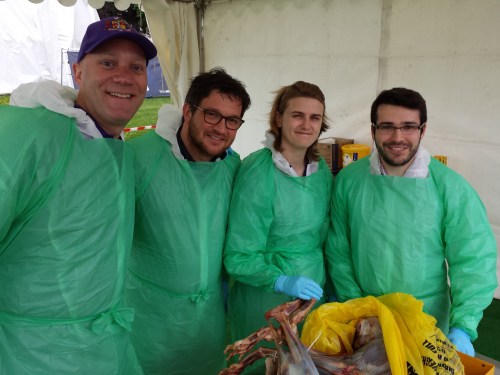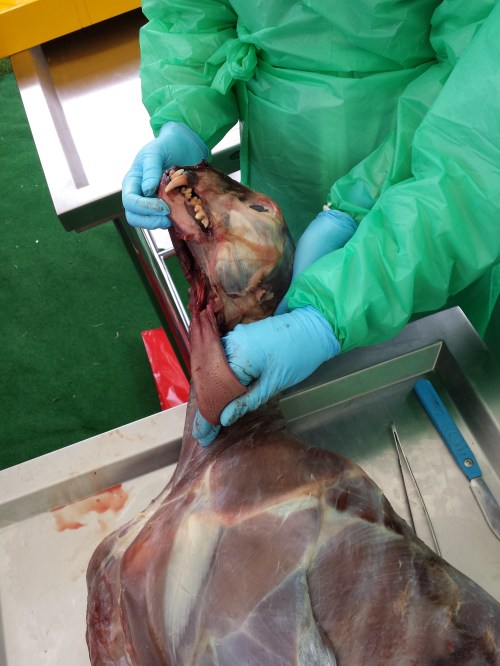I had the privilege and pleasure of serving for the past 2 years as Chair of the Division of Vertebrate Morphology at the Society for Integrative and Comparative Biology, and that service just ended. So I had the showerthought to briefly post about the broader messages from that experience, with the hope that other scientists might benefit. But first, a little backstory.
Stomach-Churning Rating: 0/10
I’d only done some minor service before this, in scientific societies. At the time I ran for Chair-Elect 5 years ago, I felt it was time to try something new; to give back to science, as one should do. And so I did. It was a challenging and thus rewarding experience of learning the ropes- the Chair position is fairly open-ended to allow one to contribute what new things and leadership one envisions and can manage. In a short 2 years I felt I gained just enough momentum that I could have run the role more smoothly if I’d had a 3rd year, but that’s hindsight. The details don’t matter here but they lead to the messages of this post.
wink-wink musical interlude 1
First, the simple message that service, like the Holy Ghost, is the oft-forgotten third component of the trinity of professional science/academia; teaching and research being the other two (and science communication, to me, bridging all of these). As one moves along in one’s career, service tends to become increasingly expected—and the wisdom accumulated aids its conduct.
Second, service should be done because:
- It’s the right thing to do
- You learn things about your professional society, discipline, colleagues, leadership and self (skills and limits)
- It’s not necessarily just boring bureaucracy (more about that below)
- It will aid your career (CV, promotion, connections, future service, etc.) and you can aid others along the way
I think a common misconception is that service is boring. Yes, hearing the minutes of prior meetings read to you, or a long screed about minutia of health-and-safety, can be boring at times. But pay attention and find things that interest you and new vistas can open. This depends on the position one serves in and how it fits you. In my case, I found it a fun challenge to run meetings (i.e. try to follow the standard protocol of devising an agenda, checking minutes, etc.; standard bureaucracy) – especially the key activity of raising and voting on issues to consider taking the division in new directions. That allowed some creativity and made for energetic discussions on issues that mattered.
Another contrast to “boring” is resolving crises that arise (in my case, quite a few arose that felt serious to me). Yes, they’re stressful, but they also teach you things about how to handle crises, and you learn about your own ability to do so; and how others interface with that dynamic process. As I tend to emphasize on this blog, doing science is HUGELY about human interactions and foibles, and in service, as everywhere, such things are especially prominent and complex.
wink-wink musical interlude 2
Service comes in many forms. Students and postdocs can and should take part—many societies such as SICB tend to allow or encourage early career researcher participation. At a minimum, scientists should vote on elections (participation tends to be low among student/postdoc members) and attend their societies’ business or other meetings to see how the machine of a professional society works inside. It may even learn to serendipitous outcomes! And lessons learned will serve you well in many forms of future career.
One can do many other forms of service. Minimally in research, one is expected to participate in peer review; and that experience can lead to editor roles at journals, which I’ve found very interesting. Certainly in academic and other departments, there are numerous committee and other roles analogous to those in professional societies that are opportunities to serve.
I’ve surely left out other important lessons learned from serving. I’m still processing my experiences, reflecting and thinking forward. Now I’ve moved on to new service at SICB as Chair of the Student-Postdoc Affairs Committee, so there’s lots more for me to learn and share in that role.
What have you learned from serving? Do you have questions about service in science? Please chime in below.
More links of interest:
DVM Facebook page (members+affiliates)
SPDAC Facebook page (anyone!)





















